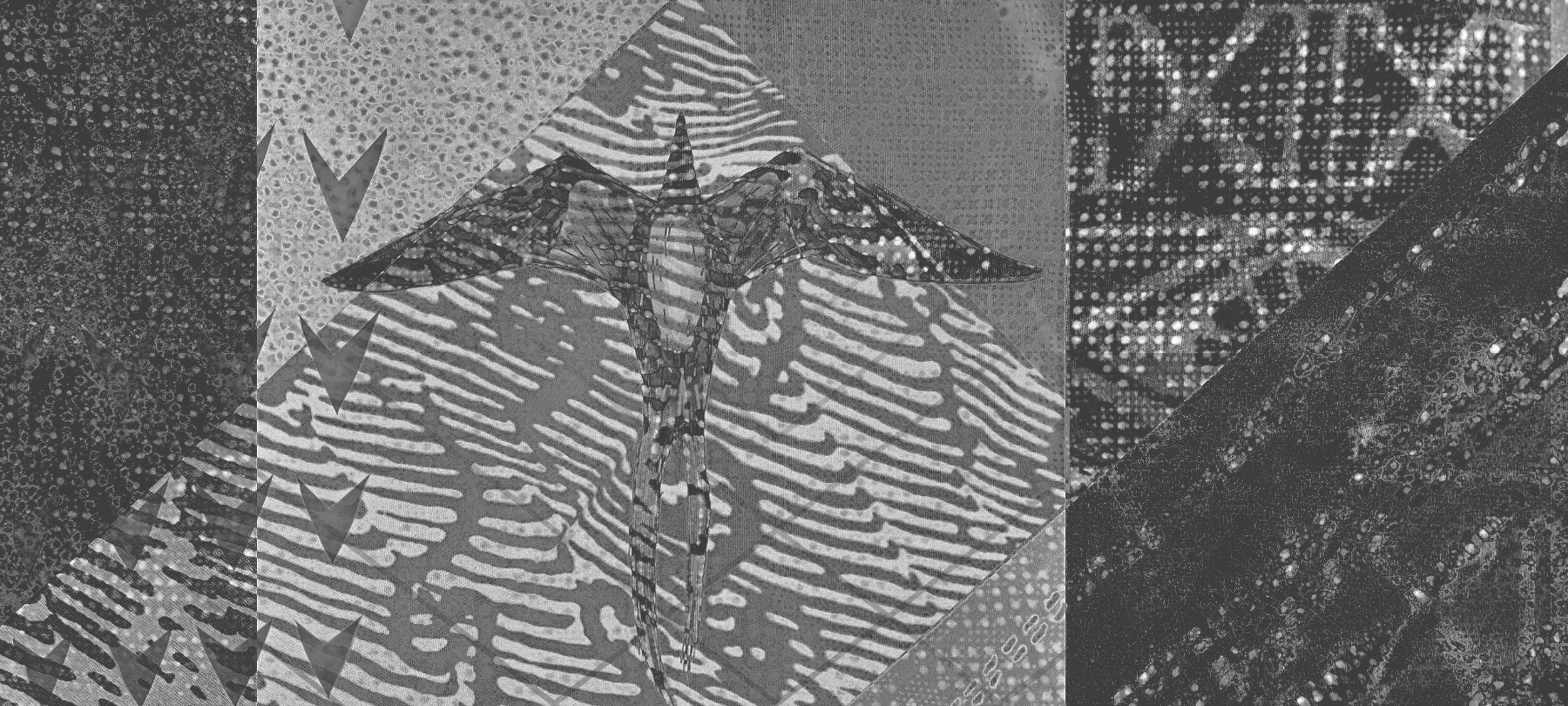
NIOKEPANI
AN INTRODUCTION AND EXPLORATION OF kairou wATERMAN’S signature, CULTURE-CONSCIOUS
visual Philosophy

Nio is a Hawaiianized homophone of the Greek prefix 'neo'; from Greek, 'neo' - also read as "neos" or νέος - implies something new, young, fresh, recent.
Kepani is a transliteration of the word ‘Japanese’ - refering to people as well as the culture itself - in pidgin' , or Hawaiian Creole.
tHE Niokepani VISUAL STYLE COORDINATES intricate geometry, PLANT & ANIMAL REFERENCES, NATURAL ELEMENTS, as well as traditional japanese & hawaiian representations of flora & fauna, deities & demons, and curses & charms.
8 PRINCIPLES OF NIOKEPANI:
Simplicity, Natural Harmony, Precision, Nuance, Zen, Geometric Beauty, Cultural Alignment, & Symbolism.
SIMPLICITY - Minimalism, legibility, directness and functionality are the soul of timeless design. These values are omnipresent in the traditional cultures of the Japanese and Hawaiian people. In design, they imply clean lines, bold proportions, and rich contrasts between positive and negative space. Niokepani honors the concept of wabi-sabi (侘寂) - the aesthetic celebration of imperfection and transience prioritizing the beauty in natural aging, plainness, wear, imprefection, flaws, and even death.
NATURAL HARMONY - Harmony is born of a meaningful respect and reverence for nature and its ways. This occasionally manifests as art forms like Ikebana - also known as kadō (華道) - a Japanese philosophy of flower arranging where natural materials are selectively juxtaposed to reflect harmony and balance; like Hula whose 500+ years of dynamic and evolving performance quality is based on creating a comprehensive yet legible language of steps and gestures to emulate the animals, the elements, and the forces of nature endemic to Hawai'i. The natural world’s ferocity frames its inherent fragility, and its fragility contextualizes its ferocity, creating harmony. Along with harmony, cultivating this balance illuminates necessary questions about the appropriate integration of humanity within that dynamic.
PRECISION - Categorically, attention to detail is a signature talent of any experienced artisan. It is evidence of a singular focus and intention; the bridge between what was visualized and what was manifested. Niokepani is a visceral, unapologetic reflection of co-equal Hawaiian and Japanese concepts of beauty, detail, quality, and visual impact.
NUANCE - Honoring the subtle symbolism and allusions intrinsic to a culture’s art perpetuates that very culture. Rarely are these cues immediately apparent to outsiders. Their subtlety integrates layers of meaning - both improvised and intentional - within the work. Spontaneity and intuition creates emotion, stirs passion, and sets narratives without needing to fully illustrate them. Therefore, everyone is invited to engage with the art imaginatively, and to explore the architecture of their perceptions on their own terms.
ZEN - Zen is one of many schools/extensions of Buddhism in the Mahayana tradition, and a principle influence in the cultivation of the Niokepani style. 'Zen' is the Japanese pronunciation of the Middle Chinese word 禪 (chan), which itself traces its roots to the Indian practice of Dhyana - or meditation. Important to Zen is the concept of one's buddha-nature - the idea that all human beings have the possibility to awaken themselves from the suffering of the mind, achieving enlightenment.
GEOMETRIC BEAUTY - Symmetry is classically synonymous with beauty. Beauty is an attractor; evidence of nature's unique and exquisite brand of organization. Niokepani intentionally forgoes symmetry, instead drawing on beauty from fractality, and patterning.
In design as in geometric math, concepts, curves, sizes, and shapes must fit. Their agreement produces an intuitive sense of harmony and cohesion, even if the composition itself is not grounded in symmetry. Niokepani amplifies beauty, not symmetry.
CULTURAL ALIGNMENT - There is never one image of life, its meaning, or its mysteries within any culture. Because there will never be a simple unifying view of the world, one must pay attention to themes and ideologies which cultural people draw from. Therein, identity is defined, as well as the natural urge to assert its proper value.
Niokepani is neither Hawaiian at the exclusion of its Japanese influences, nor Japanese at the exclusion its Hawaiian influences. It honors both, while belonging to neither.
SYMBOLISM - The visual language of Niokepani is a synthesis of form, feeling, and the unique inner subjectivity found only at the intersection of two culture's rich artistic history.




